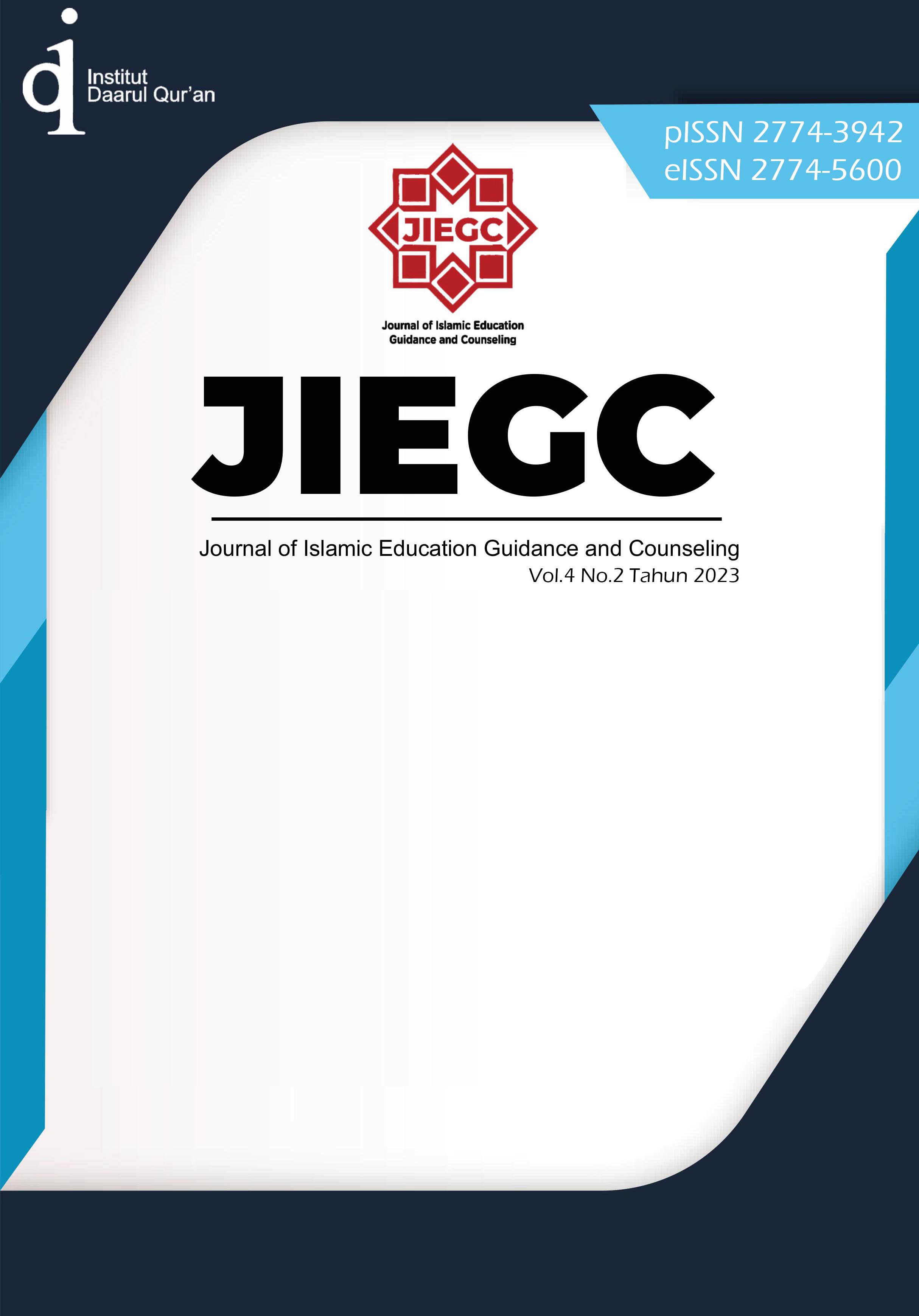FENOMENA BURNOUT PADA IBU RUMAH TANGGA: DIKAJI BERDASARKAN KEILMUAN BIMBINGAN DAN KONSELING
DOI:
https://doi.org/10.51875/jiegc.v5i02.623Keywords:
Burnout, Housewife, Guidance and CounselingAbstract
This study aims to explore the phenomenon of burnout in housewives from the perspective of guidance and counseling. This study was conducted in three sub-districts in Cilegon City which are known as industrial areas with a significant number of housewives. Using a mixed methods approach with an explanatory sequential design, the study began with quantitative data collection, followed by qualitative data to provide a comprehensive understanding of the burnout phenomenon. Participants were housewives who had been married for at least three years, were not formally employed, and voluntarily agreed to participate in this study. Data collection instruments included an adapted version of the Maslach Burnout Inventory (MBI) and in-depth interview guidelines. The results showed that 21% of participants experienced high levels of burnout, 75% were categorized as experiencing moderate burnout, and only 4% were categorized as low burnout. These results indicate that the proportion of housewives who are able to manage their responsibilities with stable psychological well-being is relatively small. These quantitative findings are further supported by insights from qualitative interviews. The prevalence of moderate to high levels of burnout indicates that domestic roles place great emotional and psychological demands on housewives. This underscores the need for a structured and professional support system. Guidance and counseling will provide space for them to feel more appreciated, understood, and empowered, which will ultimately have an impact on preventing burnout and improving their quality of life.












